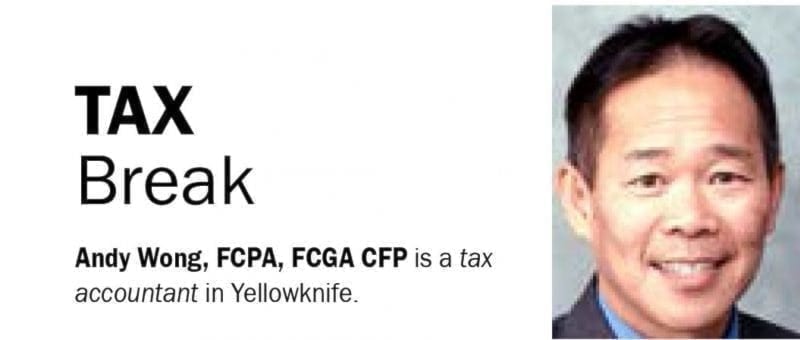Did you sell your principal residence during 2017? If you did, you must report this to the Canada Revenue Agency (CRA), or face a costly penalty.
You own a principal residence if you own a property such as a house, condo, houseboat, cabin, etc., and you or a family member live in it. The profit from the sale of your principal residence is tax free if the property was your principal residence for every year you owned it.
In the good old days – before the 2016 tax year – you would sell your principal residence and there is nothing to report to the CRA because the profit from the sale was tax free (if the home was your principal residence for the whole time you owned it).
The screws were tightened starting with the 2016 tax year. That’s when you had to report the sale of your principal residence on Schedule 3, ‘Capital Gains or Losses’ of your tax return. You merely had to report the property address, year of purchase and the sale price. This basic information provided useful leads to the CRA on the lookout for house flippers in red hot housing markets such as Vancouver or Toronto. If you forget to report the sale of your principal residence on Schedule 3 of your 2016 tax return, you would submit a late 2016 Schedule 3, and that’s that.
The federal government raised the stakes considerably for the 2017 tax year by making you complete Schedule 3 plus Form T2091, ‘Designation of a property as a Principal Residence by an Individual (Other Than a Personal Trust)’. Form T2091 isn’t new; what’s new is the requirement to file this form if you sell a principal residence after 2016.
Form T2091 is also a tax election form. And here’s the bad news. Tax elections must be filed on time and the 2017 deadline for the Form T2091 is April 30, 2018. The consequences for late filing is $100 for each late month, to a maximum of $8,000.
If the principal residence is owned by more than one owner, each must report their share of the sale on Schedule 3 and Form T2091. Therefore, if the home is owned 50/50 by a couple, each will have to report 50 per cent of the sale price on their Form T2091.
While a complete discussion of the principal residence taxation is beyond the scope of this tax article, there is one important feature worth highlighting.
A couple can only claim one principal residence exemption for the period they lived together. Say, James and Mary, a couple, jointly purchased a cabin and a house in 2010. If they sold both properties in 2017 for profits, the principal residence tax exemption can only be claimed on one property of choice because only one property, per year, can be designated for the tax-free treatment. Practically speaking, they would choose to claim the principal residence exemption on the higher-profit property and pay tax on the other.
Claiming the principal residence exemption becomes very challenging if the couple separates (or divorces). Say James and Mary divorced in 2017 and, as part of the settlement, Mary gets the cabin while James keeps the house. It is important they also allocate principal residence exemption during the years of marriage. If their marriage settlement does not account for the use of the principal residence exemption during the years of marriage, it becomes a first come, first served claim. For example, if Mary sold the cabin first and claimed the exemption for the years 2010-2017, James would be locked out of the principal residence exemption for those same years when he sells the house.
